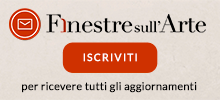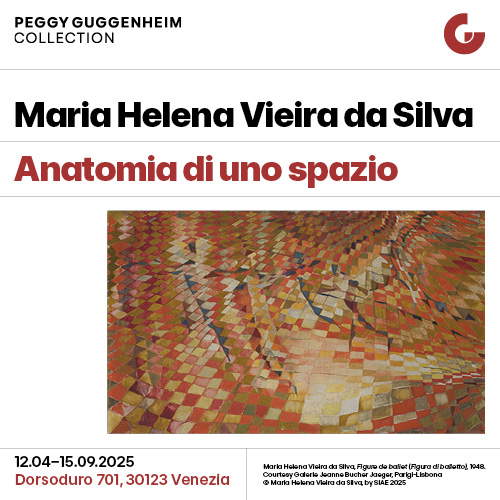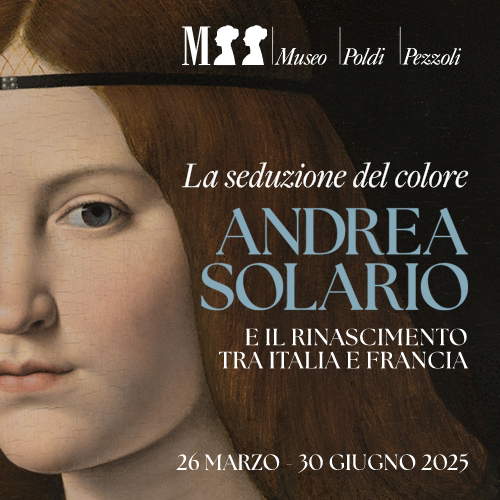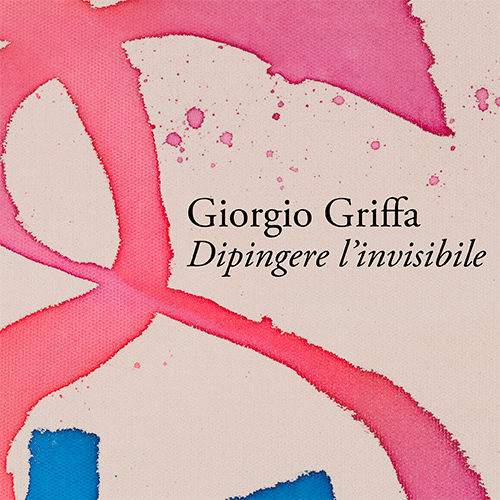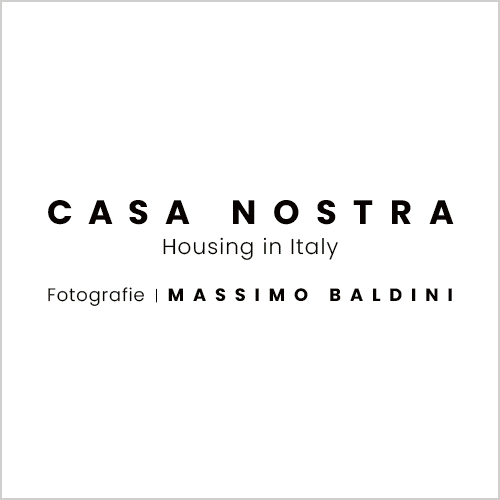Morandi and Fontana together at CAMeC: the exhibition revealing the Invisible and the Infinite
The CAMeC-Center for Modern and Contemporary Art of La Spezia is inaugurating a new exhibition season with an exhibition intended to mark a turning point in the museum’s programming. From April 12 to September 14, 2025, the rooms of the renovated La Spezia museum will in fact host the first exhibition after its reopening: it is Morandi and Fontana. Invisible and Infinite, an exhibition dedicated to two of the most significant interpreters of twentieth-century Italian art, Giorgio Morandi and Lucio Fontaba for the first time brought together in direct dialogue.
Giorgio Morandi (Bologna, 1890 - 1964) and Lucio Fontana (Rosario, 1899 - Comabbio, 1968), two figures seemingly distant in terms of languages, techniques and poetics, are brought together in an unprecedented confrontation, able to offer a new reading of their works and their contribution to the history of art. The initiative is curated by Maria Cristina Bandera, an authoritative scholar of Morandi and curator of his exhibitions at the Metropolitan Museum in New York and the Palazzo Reale, and Sergio Risaliti, director of the Museo Novecento in Florence, former curator of reviews on Fontana. The exhibition brings together about 60 works from prestigious museums such as the Museo Morandi in Bologna, the GAM in Turin, the MART in Rovereto, private collections and from the permanent collection of CAMeC itself. The exhibition takes the form of an articulated thematic itinerary through the respective artistic productions, restoring the individual paths of the two masters, but also the possible connections between their research.
The itinerary opens with Fontana’s famous canvases, Spatial Concepts, thresholds wide open to the unknown. From the canvases with holes and stones of the 1950s, we move on to the iconic Waiting, in which the famous cuts embody the artist’s most revolutionary invention: a gesture that breaks the pictorial surface to open the gaze to another dimension, without boundaries, where the canvas becomes cosmic space. In this overcoming of traditional representation, Fontana overturns the way art is conceived and marks the beginning of a new era.
The heart of the exhibition, however, is the dialogue with Giorgio Morandi, a silent, reserved artist devoted to an inner quest that has as its object the space of the everyday, the essential, the slow rhythm of contemplation. The room dedicated to him presents a fine selection of still lifes and landscapes made between the 1920s and 1960s. Bottles, jugs, vases, coffee pots and tin boxes, humble and familiar objects, stand out against neutral backgrounds in delicate and calibrated compositions, bathed in a mental and rarefied light. Next to the still lifes, Grizzana’s landscapes, with their silent houses and sunny walls, suspend time in an eternal present.
In the comparison with Fontana, a surprising closeness between the two artists emerges: both, though with different means, aspire to overcome phenomenal reality, to touch the invisible essence of things. If Morandi works by subtraction, transforming the real into poetry of form and color, Fontana seeks the absolute in the cleft, the void, the gesture.
The exhibition continues with Fontana’s famous Theaters and a monumental End of God, among the artist’s most iconic and metaphysical works. In the last room, visitors find a dialogue between the two masters’ drawings, watercolors and etchings, along with some significant sculptures: Morandi’s Natures in bronze, and Fontana’s Spatial Concepts made of precious materials such as glass, porcelain and brass.
The exhibition is also meant to be an investigation into the great themes that run through the 20th century: matter and spirit, time and eternity, gesture and contemplation. It is a journey into the essence of vision, between the tonal and suspended painting of Morandi and the radical and luminous action of Fontana.
In addition to the temporary exhibition, the public will also be able to discover the new display of CAMeC’s Permanent Collection, curated by Professor Gerhard Wolf, director of the Kunsthistorisches Institut in Florenz - Max Planck Institut. Inaugurated last October, the collection presents more than 200 works through an innovative itinerary that goes beyond the usual art-historical categories to bring to life unprecedented “constellations” and unexpected connections between Italian and international artists, such as Gordon Matta-Clark and Marina Abramović.
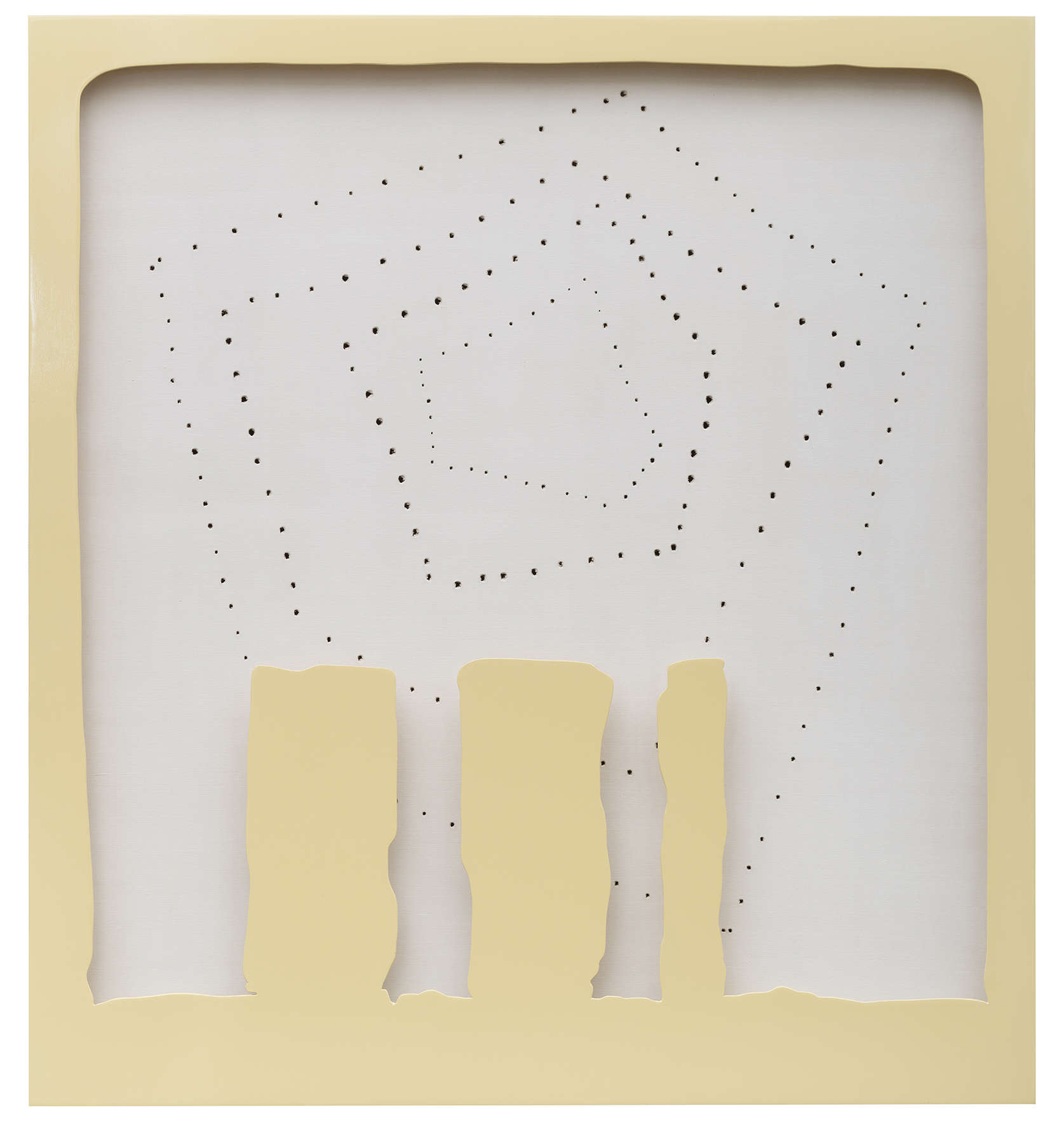

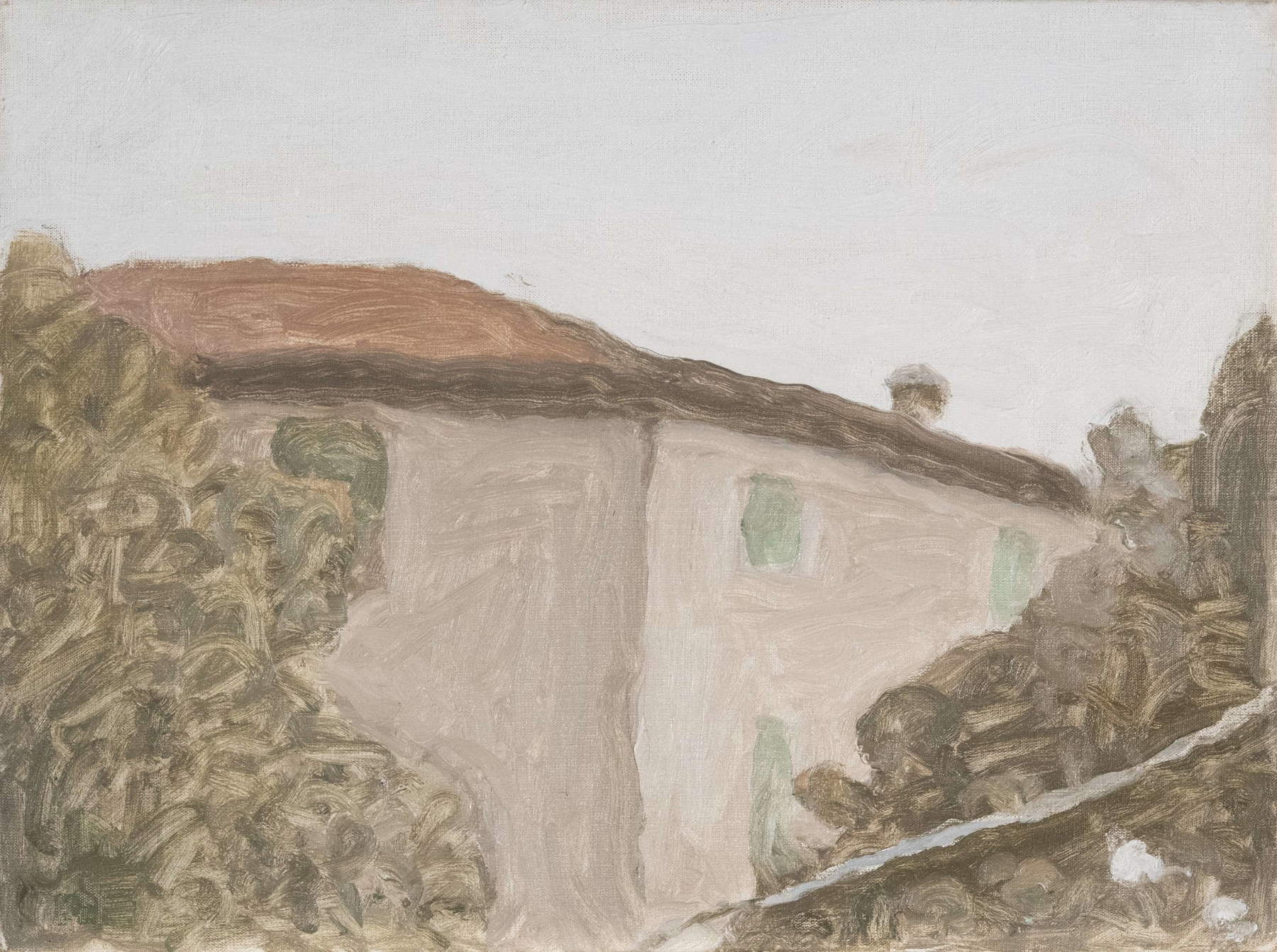
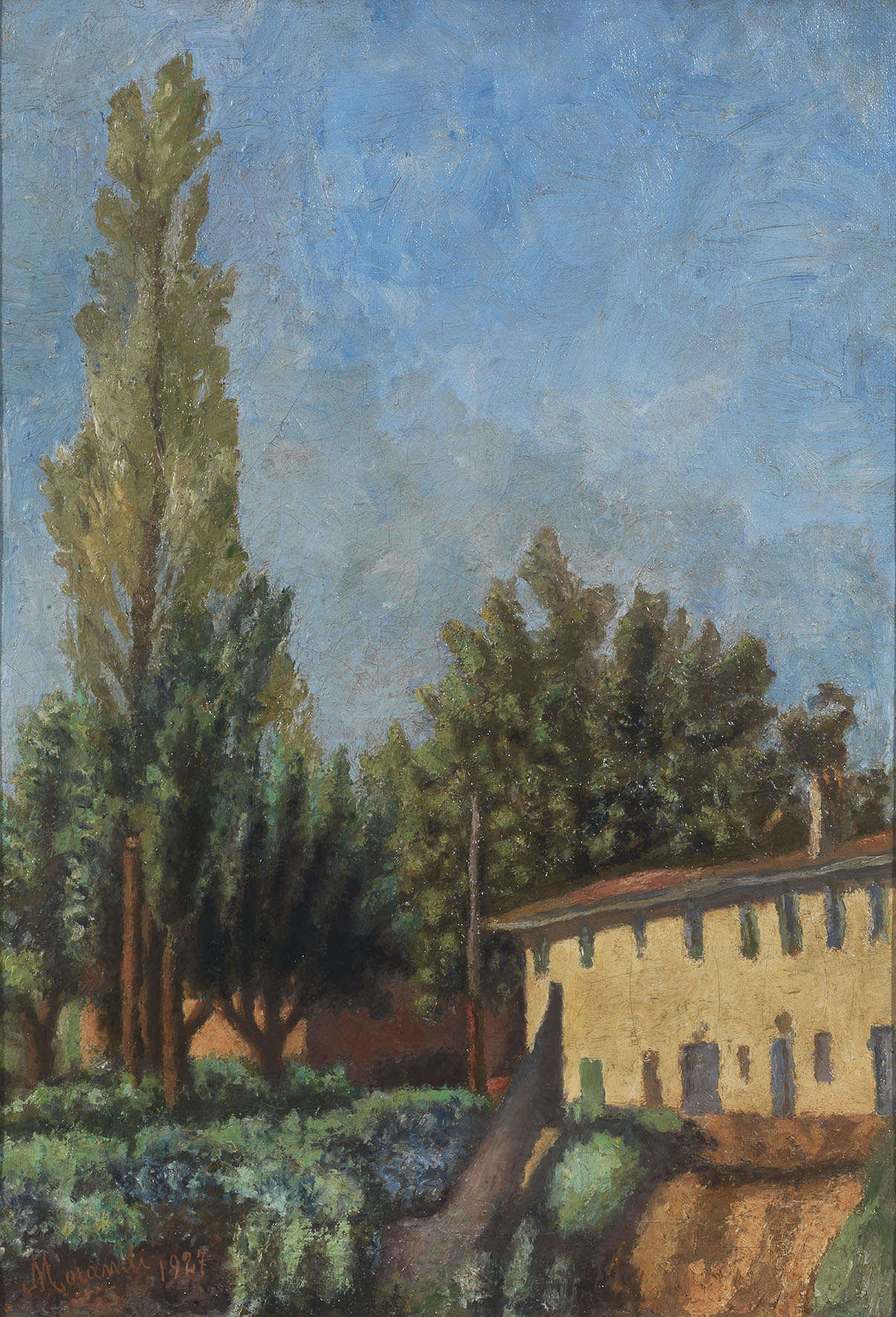
Statements
"The exhibition Morandi and Fontana. Invisible and Infinite," says La Spezia Mayor Pierluigi Peracchini, “marks a great new chapter in the history of CAMeC, which, thanks to the collaboration between the City and Fondazione Carispezia, opens up to new international perspectives. This extraordinary exhibition pays tribute to two undisputed masters of 20th-century contemporary art, but at the same time marks the start of a phase of great innovation for the museum. La Spezia, in recent years, has undertaken a decisive change, putting culture at the center of its development as a real engine of growth through multiple activities. The CAMeC, through this and other initiatives, strengthens its vocation for experimentation and presents itself as a creative laboratory, open to the most modern artistic challenges and continuous research. The city, with its commitment to cultural enhancement, thus confirms itself as a place of artistic exchange and dialogue, capable of guiding toward a dynamic and evolving future.”
“This exhibition,” stresses Andrea Corradino, president of Fondazione Carispezia, “represents an important opportunity for CAMeC and for our territory, marking the first major event after the reopening of the Museum, an achievement made possible thanks to the collaboration between Fondazione Carispezia and the City of La Spezia. Hosting an exhibition dedicated to two undisputed protagonists of twentieth-century art such as Giorgio Morandi and Lucio Fontana is a source of great pride, as it allows us to offer the public a unique opportunity to engage with their artistic language and cultural legacy. Once again, CAMeC thus confirms itself as a dynamic place open to dialogue, not only with local realities, but also with artistic institutions on a broader level. As a Foundation, we renew our commitment to supporting and promoting initiatives capable of involving a heterogeneous and intergenerational audience, thus contributing to the cultural development and growth of the community.”
“Morandi’s new and unsurprising juxtaposition with Fontana,” explains curator Maria Cristina Bandera, “forces us to look at his works with a new eye. Not only focusing on the compositions, the infinite variations, his geometries, the relationships between volumes, the scaling of forms, the harmonies of colors, the superb tonal outcomes, the scanning of lights and shadows, but it imposes to understand the value of spaces, so as to grasp their enigma. This applies to the ’Landscapes’ that Morandi used to observe through a ’little window’ of a few centimeters, cut out in a cardboard, almost like an optical viewfinder, with the double purpose - to define and to isolate from the context -, or even to investigate with a telescope, bringing the frame closer or blurring it, as if it were a zoom lens, allowing the portion of the landscape of his speculations to be recognizable and at the same time elusive. It is true of the ’Still lifes,’ which in the passing of the years are simplified, resulting in a decrease in the number of objects and an annulment of the posing plane that increasingly coincides with the back wall until it becomes a void that creeps between the forms. It is especially true - or, rather, it is more perceptible - for the watercolors whose images float in an undefined space. It also applies to the drawings, with their abbreviated sign, starting after World War II. A peculiarity of Morandi that has been captured by the great masters of cinema. I am thinking especially of Bernardo Bertolucci who in 2012 in a passionate and destined to be collected statement said: ’Of course, Morandi is someone for whom you can have a fatal crush, because in Morandi you can see a point - a bit like in a story by Borges, which is called the Aleph, there is a point where you see so many things in the world at once, - in Morandi’s paintings that are so seemingly simple, so rigorous, there is always a place, a point from which to spy the infinite, the infinite even of this poetry of his that is so quiet, so subdued.’”
“On other occasions and in the past, the works of Giorgio Morandi and Lucio Fontana have been found side by side, but these were important group exhibitions dedicated to avant-garde art in Italy. Never had it happened to witness such a direct confrontation between the two artists,” adds curator Sergio Risaliti. “Morandi and Fontana have risen in recent decades to magnetic poles for new generations lost in search of timeless values in art. While remaining as irreconcilable as two parallel lines, one and the other have directed their gaze toward the infinite and the invisible. Fontana toward the most distant and unreachable there could be to observe and represent. By piercing the surface, cutting it with surgical precision, Fontana intended to put an end to the Western figurative tradition by opening a new era, that of an art free to circulate outside the real world, no longer a prisoner of terrestrial space and time. The other, Morandi, did not leave his studio, living art as a sublime mission, in a monkish way, all dedicated to the timeless poetry of color and form. Harnessing the unrepresentable and the unrepresentable, Morandi discovered the metaphysical certainty of the eternal among domestic objects and in the landscape, always tuning the absolute of pictorial language to the relative of feelings and sensations. To him was dear the infinite of the invisible. To Fontana the invisible of the infinite. An exhibition that may add something new to the understanding of Morandi and Fontana at the height of their international recognition.”
 |
| Morandi and Fontana together at CAMeC: the exhibition revealing the Invisible and the Infinite |
Warning: the translation into English of the original Italian article was created using automatic tools. We undertake to review all articles, but we do not guarantee the total absence of inaccuracies in the translation due to the program. You can find the original by clicking on the ITA button. If you find any mistake,please contact us.
